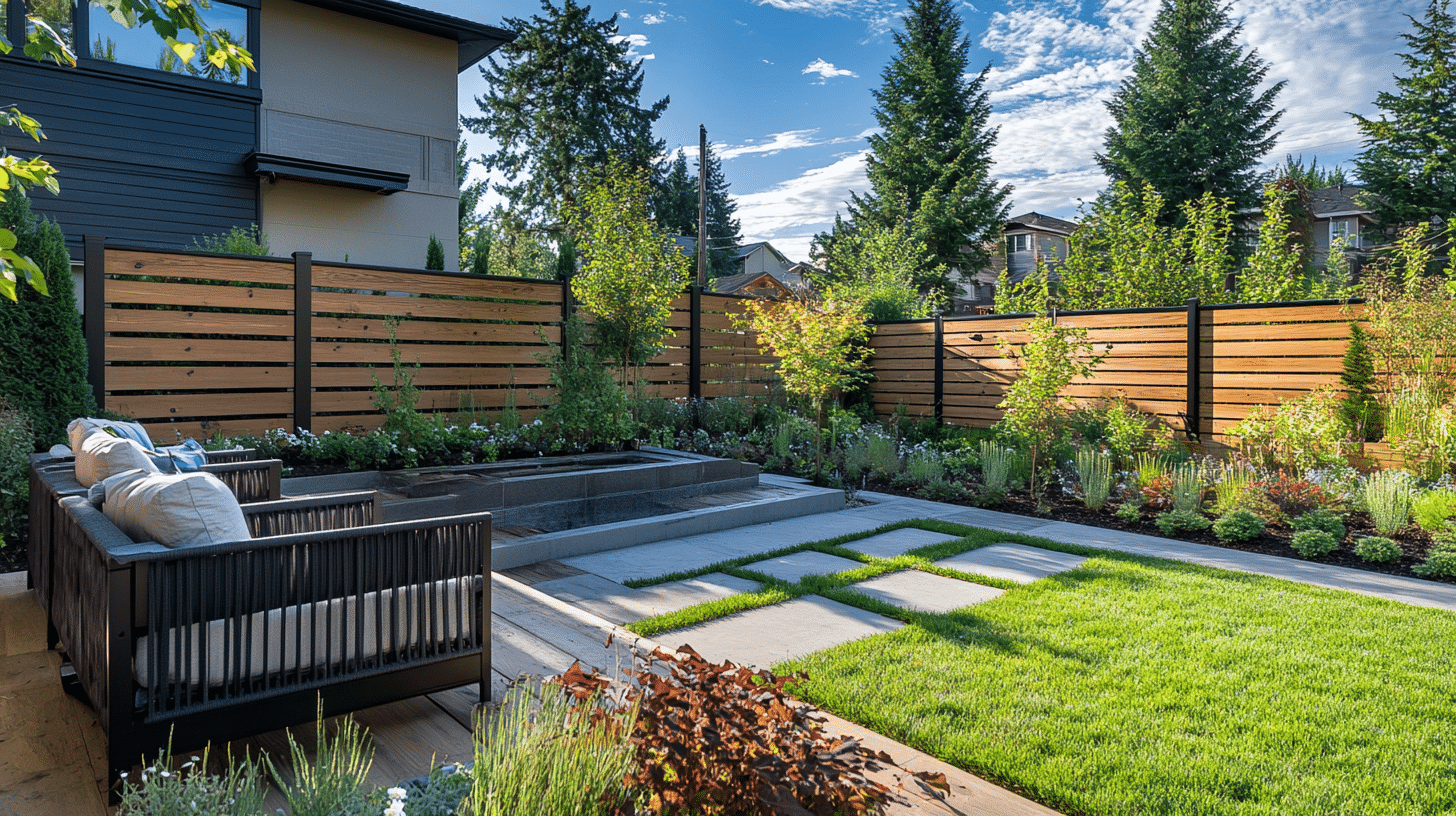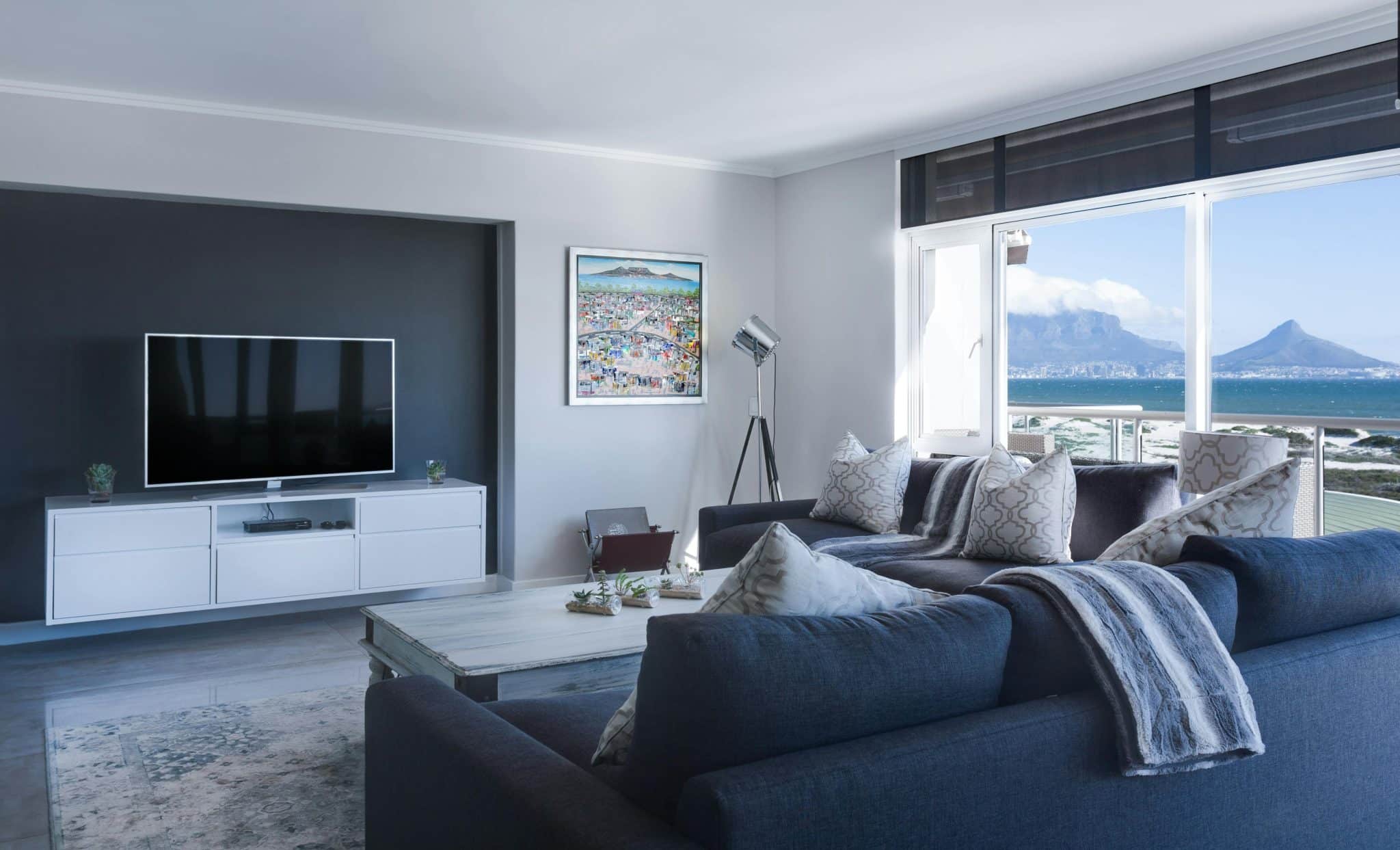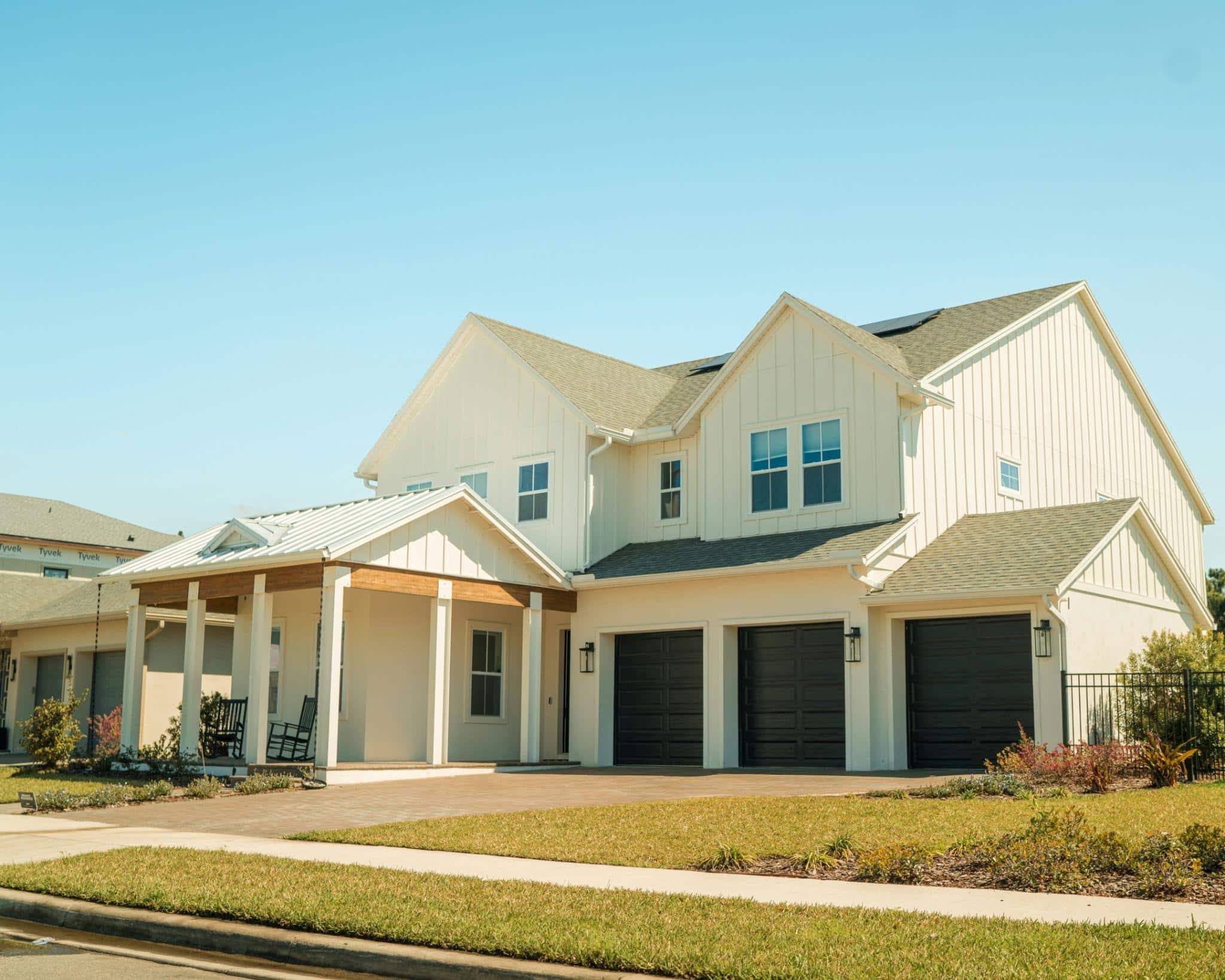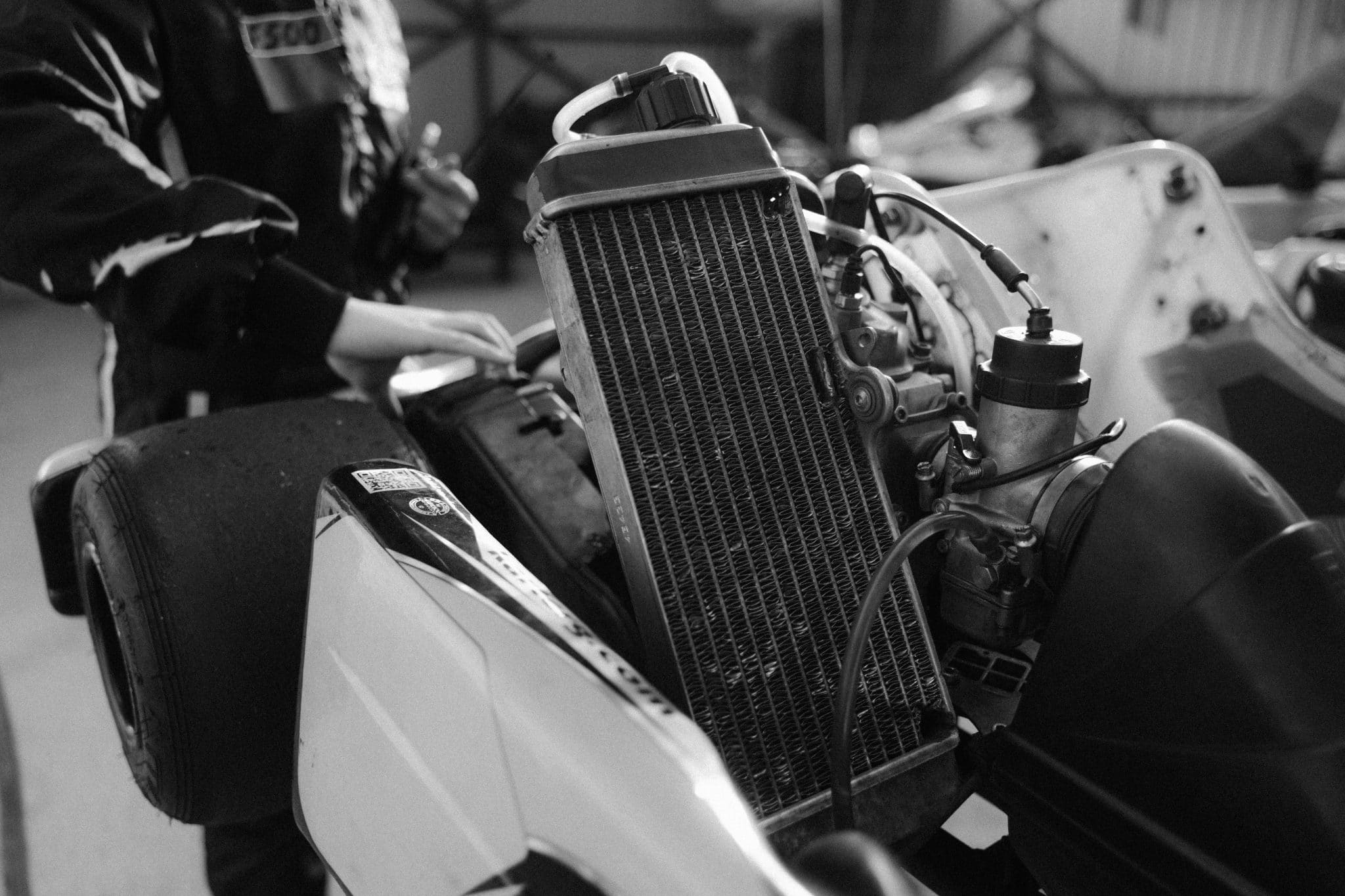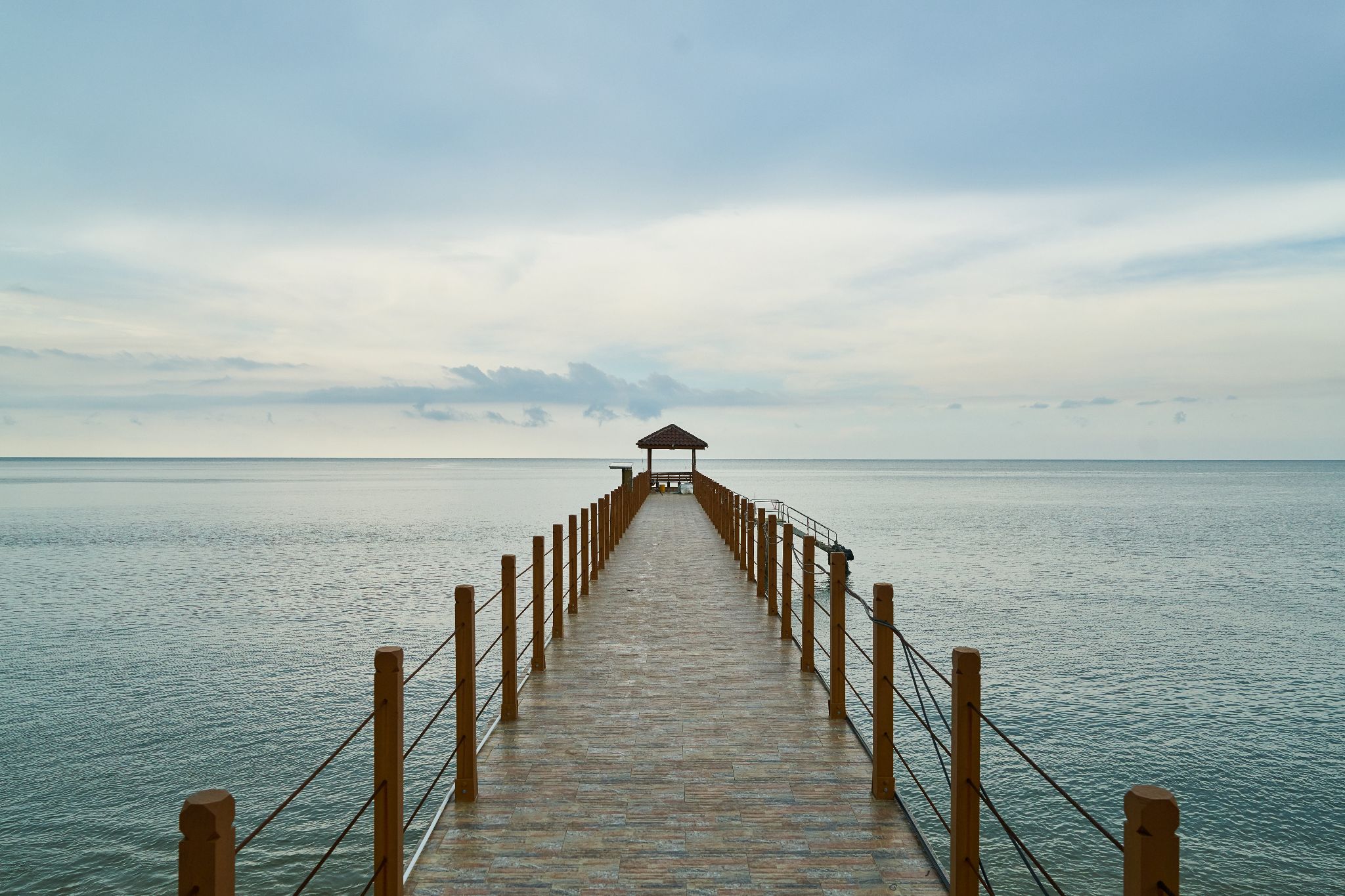Do you want a fence that makes your yard look better? Plain fences work fine, but they often look boring. What if your fence could be both useful and nice to look at?
A picture frame fence might be just what you need. This fence style gets its name from how it looks, like a series of frames lined up together. The design is simple yet eye-catching.
Many homeowners don’t know about this option when picking a fence. They stick with what they know. But those who try a picture frame fence often find their neighbors asking about it.
Ready to learn how this fence style can change your yard’s look? How does it combine function with style? Let’s look at what makes a picture frame fence worth thinking about.
What is a Picture Frame Fence?
A picture frame fence uses a specific building method that looks like rows of picture frames side by side. This fence type has vertical posts with horizontal rails on top and bottom. What makes it special is the added inner frame.
Unlike regular fences, a picture frame fence adds an extra border inside each section. The center panel sits within this frame, creating depth and visual interest.
The design is quite basic in concept. Each fence panel has:
- Vertical posts that hold up the structure
- The top and bottom rails that connect the posts
- Inner border pieces that form the “frame”
- Center panels that fill the space
This style works well with many materials. Wood is most common, but vinyl and metal options exist, too. The framed look adds detail to a plain surface.
The name comes from how much the design looks like wall-hung picture frames. When lined up together, these framed sections create a clean, organized look for your yard border.
Key Features of a Picture Frame Fence
This fence style comes with several features that set it apart from basic fence designs. Let’s look at what makes a picture frame fence worth your attention.
1. Vertical and Horizontal Elements
The main structure uses both vertical posts and horizontal rails. Posts go into the ground and provide strength. The top and bottom rails connect these posts to create the outer shape. The inner frames add another horizontal layer, creating more visual depth than plain fences. This mix of directions makes the fence look more solid.
2. The Framing Method
The key trait is how each section has its frame. This builds shadow lines and texture on the fence surface. When sunlight hits the fence, these shadows create patterns that change throughout the day. The frames make each panel look like a finished piece rather than just a barrier.
3. Strength Benefits
The extra framing adds structural support to each panel, helping the fence last longer and withstand wind and weather. The frame also keeps fence boards from warping over time. Many fence companies note that framed panels need less fixing than flat styles.
4. Privacy Factors
The design allows for full coverage with no gaps between boards, making it ideal for yards where privacy matters. The frames also block sight lines that might occur with warping in other fence types. Thus, you get both good looks and good privacy in one design.
Benefits of Installing a Picture Frame Fence
Adding a picture frame fence to your property offers many advantages beyond just marking your boundary. Here are seven key benefits this fence style provides:
- Better Looks: The framed design catches the eye and looks more finished than flat fences
- More Privacy: The solid construction blocks views into your yard completely
- Added Security: The sturdy build makes it harder for unwanted visitors to enter your property
- Weather Resistant: The frame design helps panels withstand strong winds better than flat designs
- Noise Reduction: The solid panels help block street noise from entering your yard
- Less Warping: The multiple attachment points prevent boards from bending in hot or wet weather
- Higher Home Value: The premium look can increase your property’s market appeal
The extra time and materials needed for the framing pay off in both looks and function. Most homeowners find that the small cost increase for this style is worth it for the better results.
Different Styles of Picture Frame Fences
Picture frame fences come in several styles to match various home designs. The table below shows the main options available when choosing this fence type.
| Style Type | Materials | Height Range | Best For | Special Features |
|---|---|---|---|---|
| Traditional | Cedar, Pine | 4-6 feet | Classic homes | Flat top, Simple frames |
| Modern | Composite, Vinyl | 5-7 feet | New builds | Clean lines, Minimal design |
| Craftsman | Redwood, Oak | 5-6 feet | Bungalow homes | Detailed caps, Thicker frames |
| Contemporary | Metal + Wood | 6-8 feet | Urban homes | Mixed materials, Bold contrast |
| Ranch | Treated Pine | 3-5 feet | Country properties | Wide panels, Rustic finish |
| Coastal | Vinyl, PVC | 4-6 feet | Beachfront homes | Salt-resistant, Low upkeep |
| Japanese | Cedar, Bamboo | 4-5 feet | Zen gardens | Horizontal emphasis, Natural tones |
Each style can be further customized with paint colors, stains, post caps, and hardware choices. Most fence companies offer samples of these options to help with decisions.
Picture Frame Fence Maintenance Tips
Keeping your picture frame fence in good shape helps it last longer and look better. The framed design requires some specific care to maintain its structure and appearance. Here are seven key maintenance tips to follow:
1. Yearly Inspection: Check each panel, post, and frame for loose boards, nails, or screws at least once a year. Pay extra attention to the inner frame joints where water might collect. Look for any signs of rot, especially at the bottom of posts where they meet the ground.
2. Regular Cleaning: Wash the fence with mild soap and water to remove dirt, mold, and mildew that can cause wood decay. A soft brush works well for cleaning between the frame edges. For tougher stains, a mixture of one part bleach to ten parts water can help without damaging the wood.
3. Prompt Repairs: Fix loose boards or damaged frames right away to prevent further issues from developing. Replace any boards showing signs of rot before they affect nearby sections. The frame design makes it easier to replace individual parts without taking down whole panels.
4. Sealing Schedule: To protect wood from moisture damage, apply a water-resistant sealant every 2-3 years. Make sure to cover all exposed edges, including the inner frame areas. Oil-based sealants often work best for fences with many joints and connections.
5. Gap Maintenance: Use wood filler to fill small gaps between boards to maintain privacy. The picture frame design helps minimize gaps, but seasonal wood movement can still create small openings that need attention.
6. Weed Control: To prevent moisture buildup, keep plants and weeds from growing too close to the fence base. Clear a small strip of ground along the fence line to improve air flow. This helps the bottom rails and frames stay dry and last longer.
7. Paint Touch-ups: To extend finish life, add fresh paint or stain to worn areas before full repainting is needed. The raised frame edges may show wear first, so check these spots when doing maintenance checks.
Conclusion
A picture frame fence offers more than just a way to mark your yard’s edge. It brings style, privacy, and lasting value to your home.
The unique framed design stands out from basic fences while staying simple enough to fit with any home style. With seven clear benefits and many style options, this fence type works for most homeowners.
Taking care of your picture frame fence isn’t hard. Simple steps like yearly checks and clean-ups keep it looking fresh for years.
Ready to upgrade your yard? Consider this fence style for its looks and practical benefits. Your neighbors might even ask where you got the idea!
What fence style do you currently have? Would you think about switching to a picture frame design? Let us know in the comments below.

